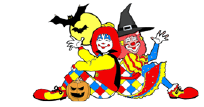ClownAntics Blog
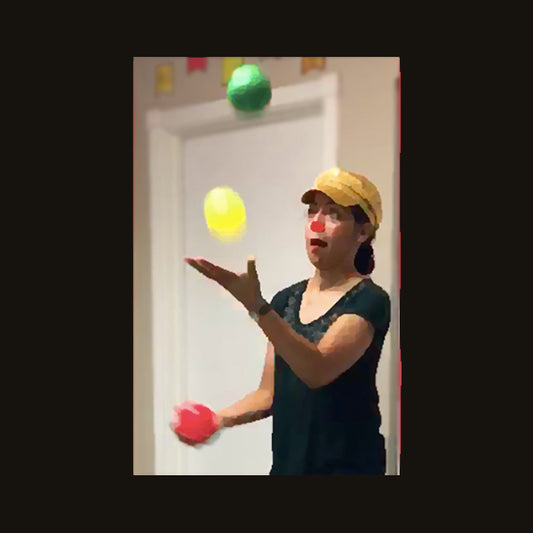
Golden Years - Nurse Lulu's Improv Series
The Big Apple CCU prepared us well for any encounter in our role as hospital clowns. I loved the idea of doing something similar for seniors. I began my nursing career working...
Golden Years - Nurse Lulu's Improv Series
The Big Apple CCU prepared us well for any encounter in our role as hospital clowns. I loved the idea of doing something similar for seniors. I began my nursing career working...
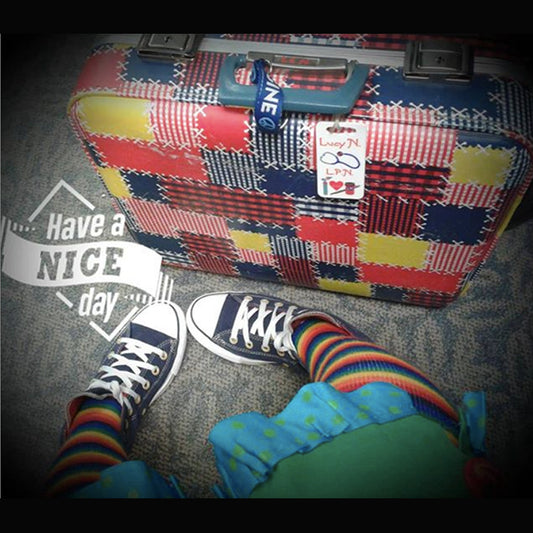
Not a Drill - Nurse Lulu's Improv Series
It is imperative that we follow all established hospital rules, protocol and instructions before, during and after any given emergency situation for the safety of the patients, employees, visitors and...
Not a Drill - Nurse Lulu's Improv Series
It is imperative that we follow all established hospital rules, protocol and instructions before, during and after any given emergency situation for the safety of the patients, employees, visitors and...

The Power of Saying “YES!”
The start of every great performance is the acceptance of your reality and using it to showcase who you are and your talents. Within this very statement lies the most...
The Power of Saying “YES!”
The start of every great performance is the acceptance of your reality and using it to showcase who you are and your talents. Within this very statement lies the most...

Improvisation Basics - Nurse Lulu's Improv Series
Although it’s mostly made up on the spot, improv has rules and they are necessary to move the scene forward and keep it interesting. The rules will be broken sometimes...
Improvisation Basics - Nurse Lulu's Improv Series
Although it’s mostly made up on the spot, improv has rules and they are necessary to move the scene forward and keep it interesting. The rules will be broken sometimes...
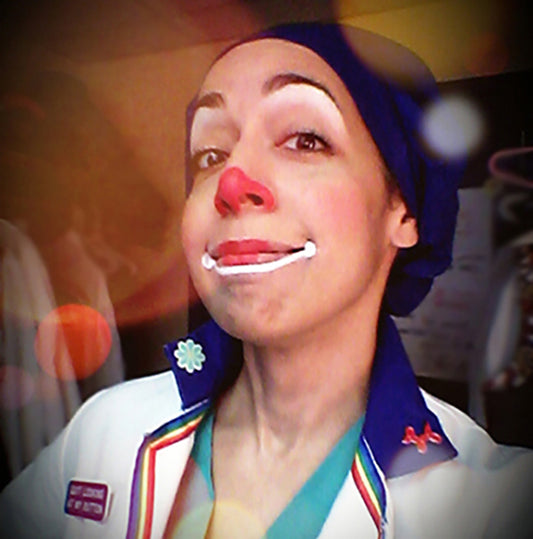
Perpetual Props and Pins from Nurse Lulu's Clow...
It is necessary to have some objects that are part of your clown persona that you can use in your act if it comes up.
Perpetual Props and Pins from Nurse Lulu's Clow...
It is necessary to have some objects that are part of your clown persona that you can use in your act if it comes up.

Keep it Clean from Nurse Lulu's Clowning on a B...
Our goal as hospital clowns is to make someone’s day. This always includes hospital employees if they have time. Sometimes it comes in the form of laughter, a smile, impressing them...
Keep it Clean from Nurse Lulu's Clowning on a B...
Our goal as hospital clowns is to make someone’s day. This always includes hospital employees if they have time. Sometimes it comes in the form of laughter, a smile, impressing them...
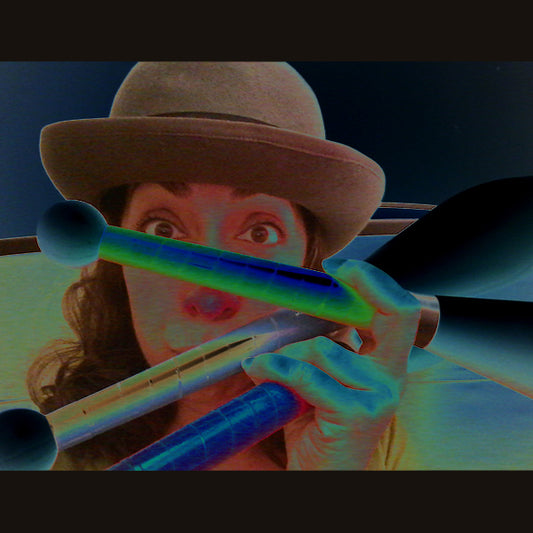
Hat Trap - Nurse Lulu's Improv Series
An experienced clown’s skill can blend with a less experienced but helpful partner for a simple yet effective performance.
Hat Trap - Nurse Lulu's Improv Series
An experienced clown’s skill can blend with a less experienced but helpful partner for a simple yet effective performance.
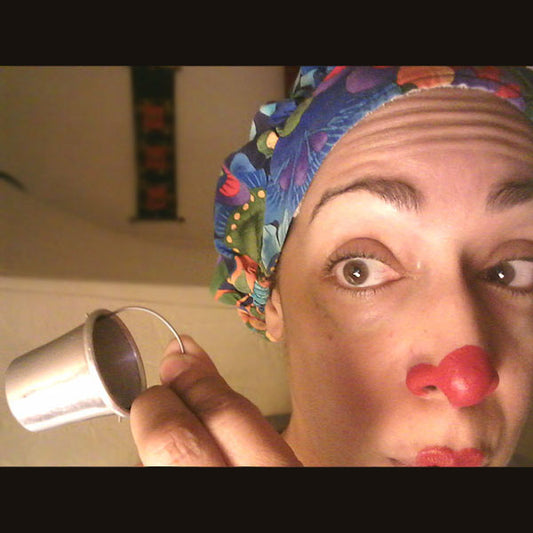
So Long, Farewell...Nurse Lulu's Improv Series
Even though hospital clowns perform in small, intimate spaces such as patient rooms and waiting rooms, we should always make each presentation concise and polished.
So Long, Farewell...Nurse Lulu's Improv Series
Even though hospital clowns perform in small, intimate spaces such as patient rooms and waiting rooms, we should always make each presentation concise and polished.
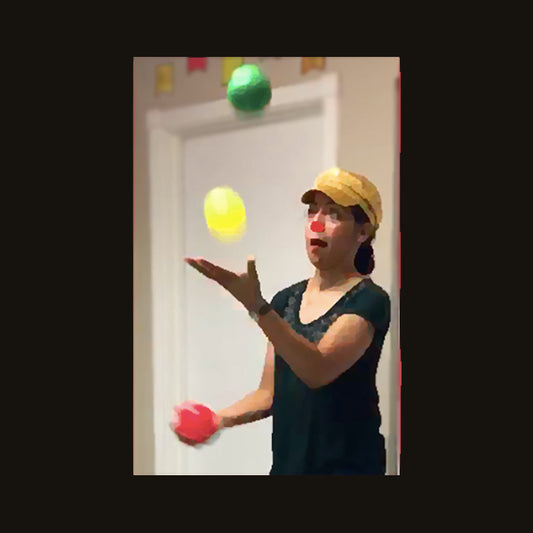
Walking the Halls - Nurse Lulu's Improv Series
Hallways are by nature transitional areas-people are always on the move, including clowns, so what can you do in the hallways if you’re supposed to entertain but people are in...
Walking the Halls - Nurse Lulu's Improv Series
Hallways are by nature transitional areas-people are always on the move, including clowns, so what can you do in the hallways if you’re supposed to entertain but people are in...
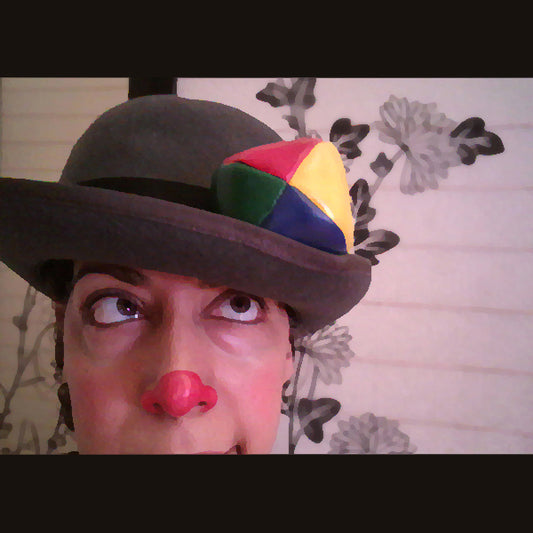
ER Windows - Nurse Lulu's Improv Series
If it’s not intrusive, playing at the windows can be great for patients who welcome a visit but may be contagious and playing with a partner is usually great fun...
ER Windows - Nurse Lulu's Improv Series
If it’s not intrusive, playing at the windows can be great for patients who welcome a visit but may be contagious and playing with a partner is usually great fun...
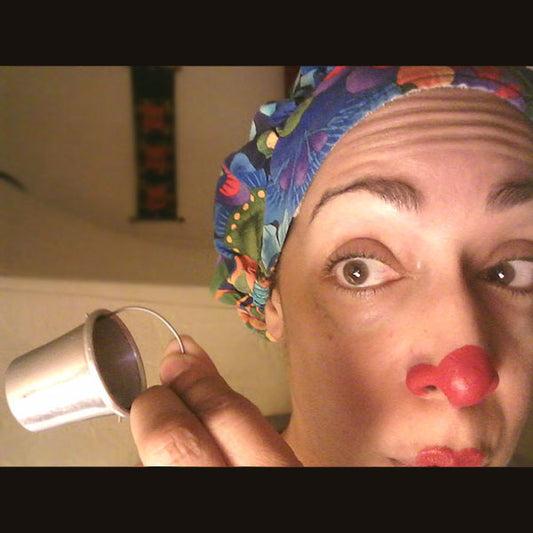
Pun-gus Among Us - Nurse Lulu's Improv Series
Cute little tangible puns from ClownAntics.com can help you leave a patient's room at the right time, while leaving them laughing.
Pun-gus Among Us - Nurse Lulu's Improv Series
Cute little tangible puns from ClownAntics.com can help you leave a patient's room at the right time, while leaving them laughing.
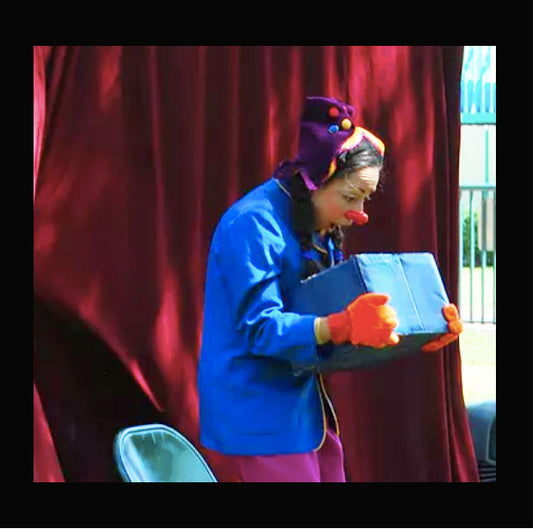
No "I" in Partner - Nurse Lulu's Improv Series
It is not impossible to perform “clown rounds” alone in a children’s hospital if it’s a relatively small hospital or if you have enough time on your hands to visit...
No "I" in Partner - Nurse Lulu's Improv Series
It is not impossible to perform “clown rounds” alone in a children’s hospital if it’s a relatively small hospital or if you have enough time on your hands to visit...
